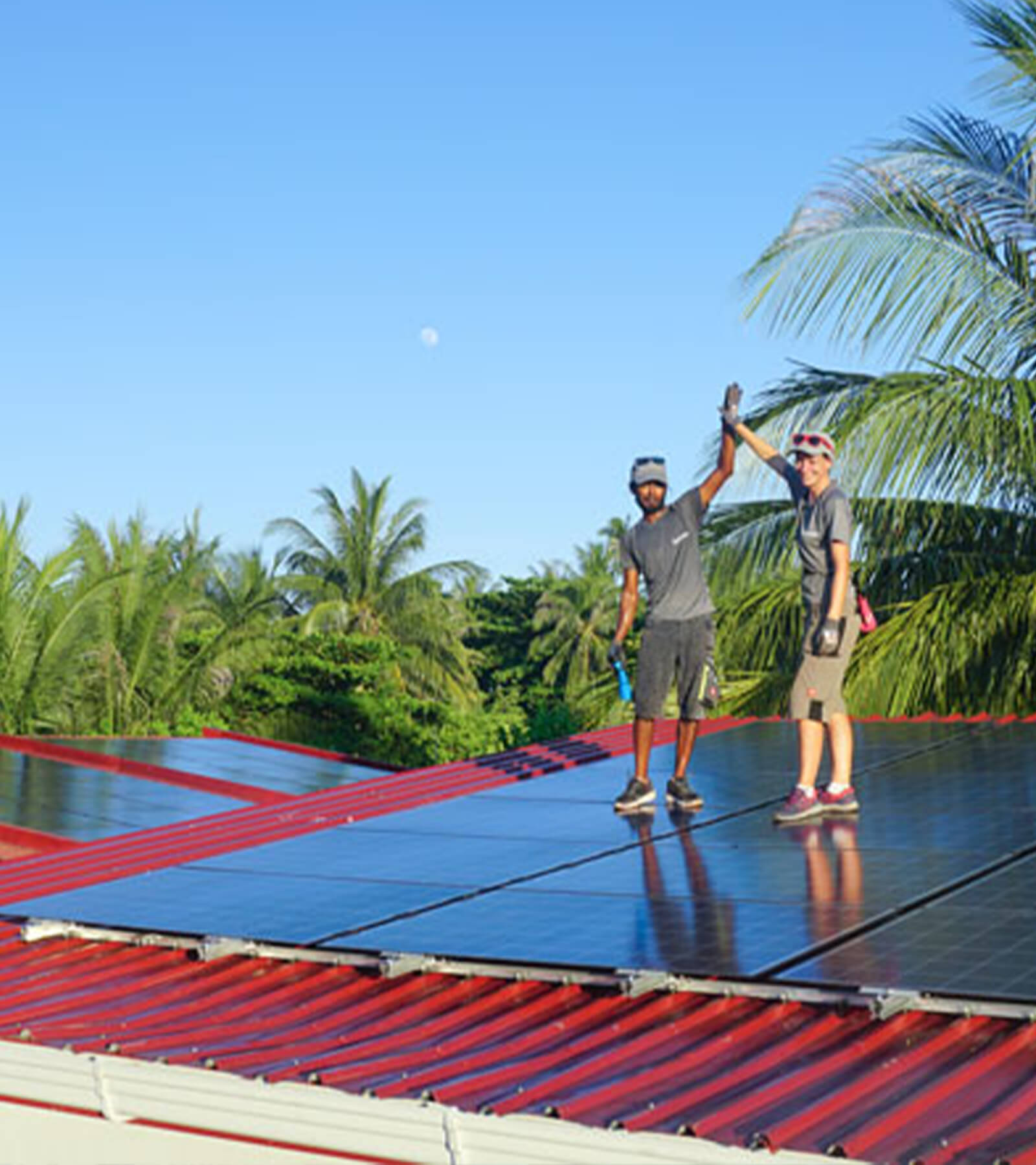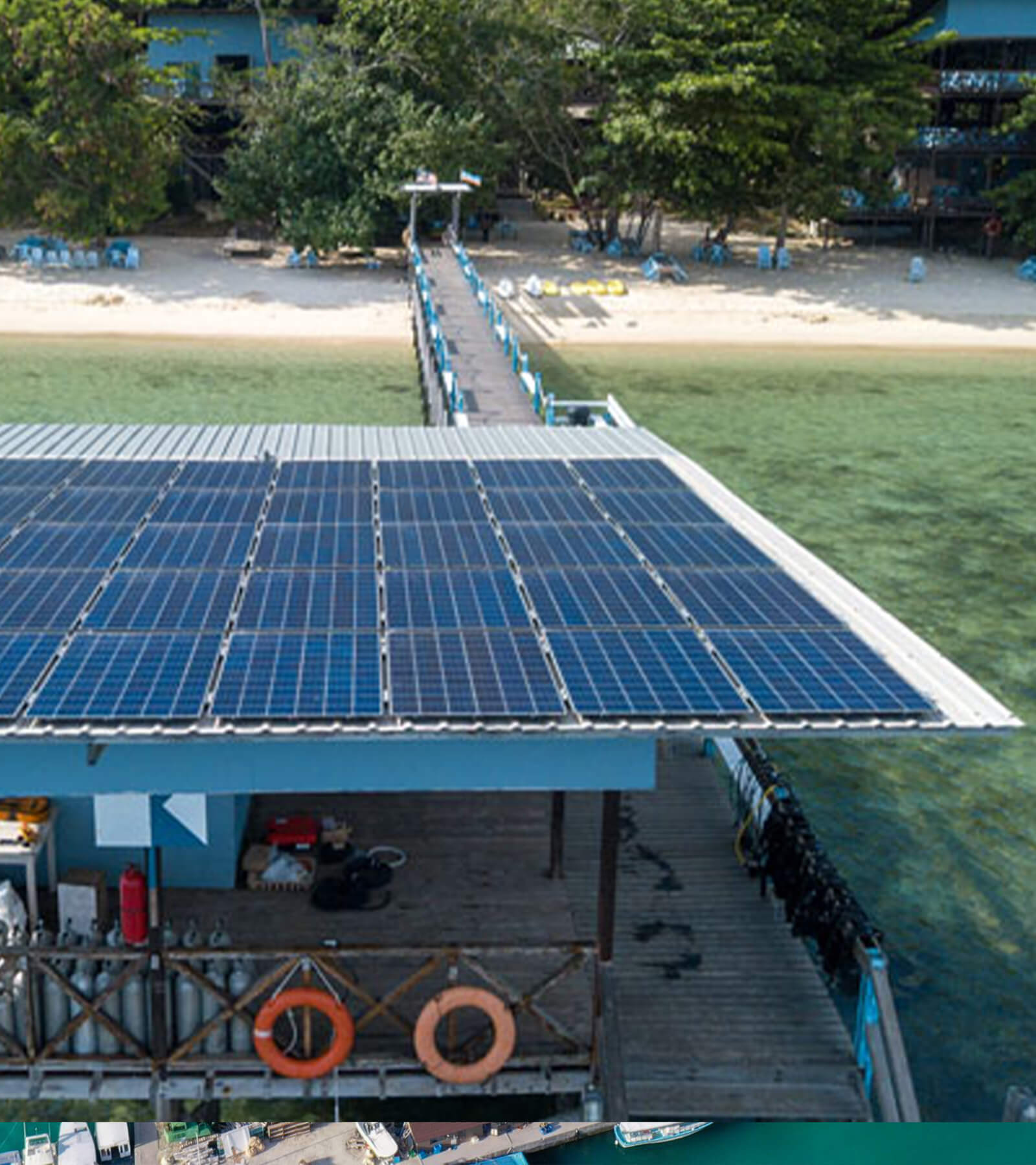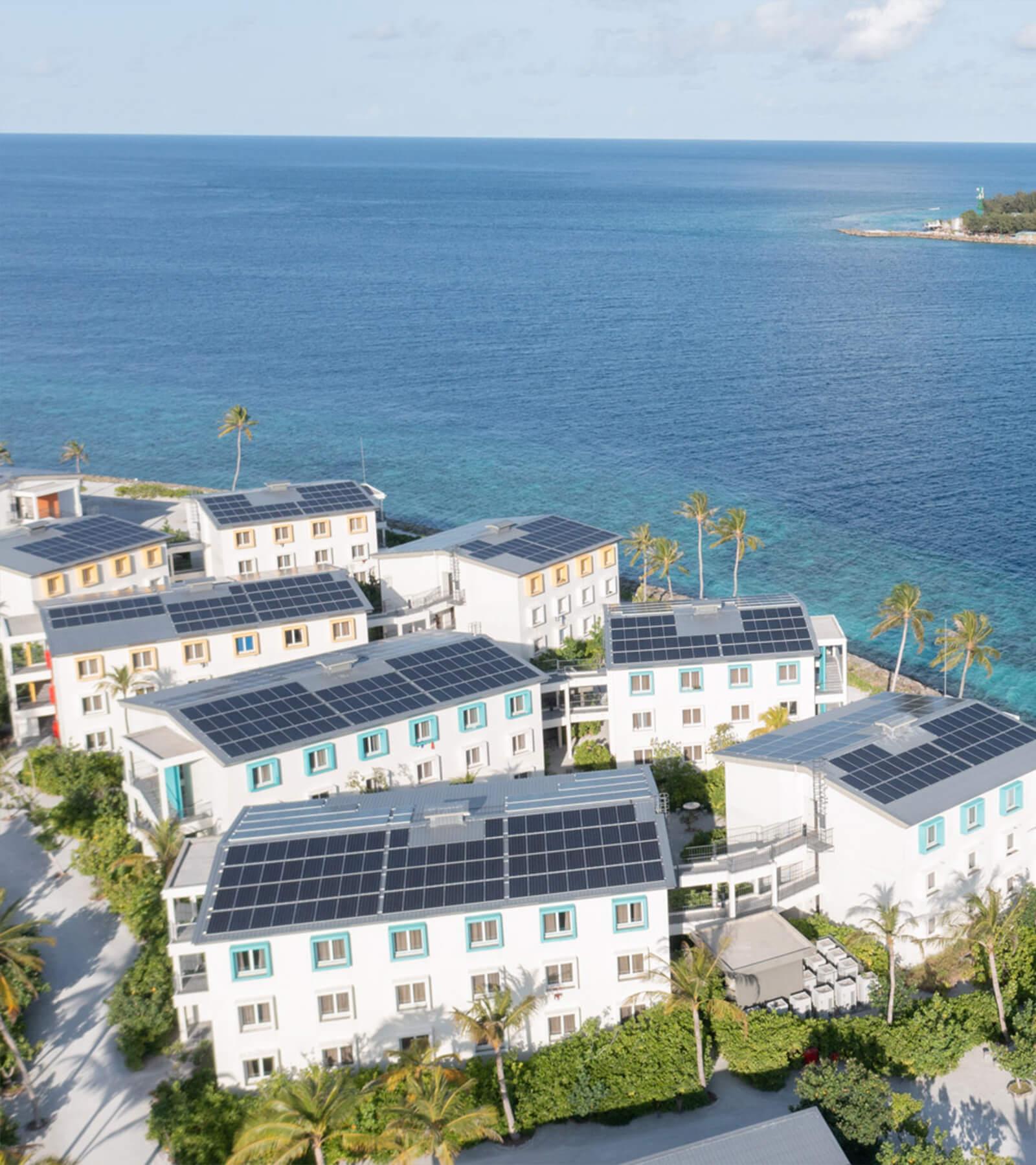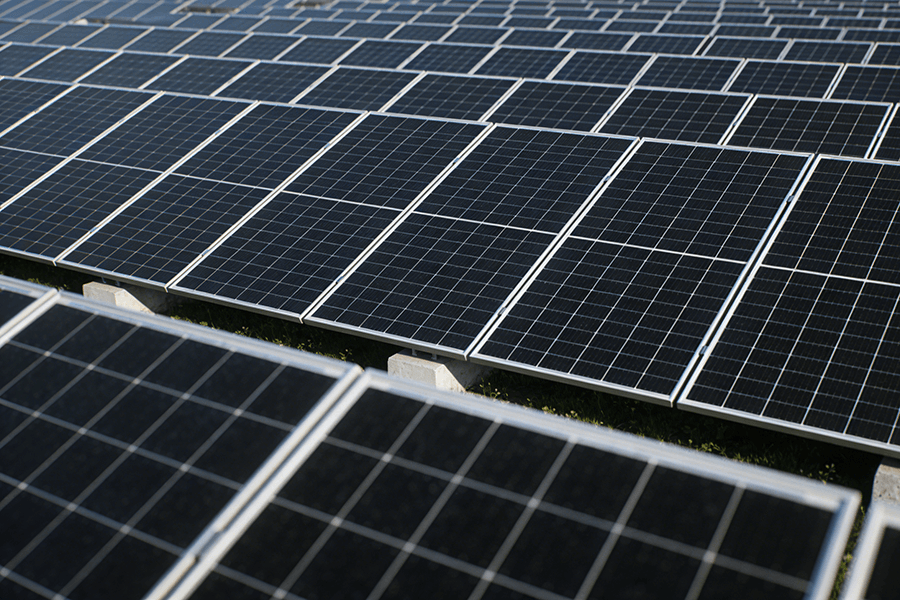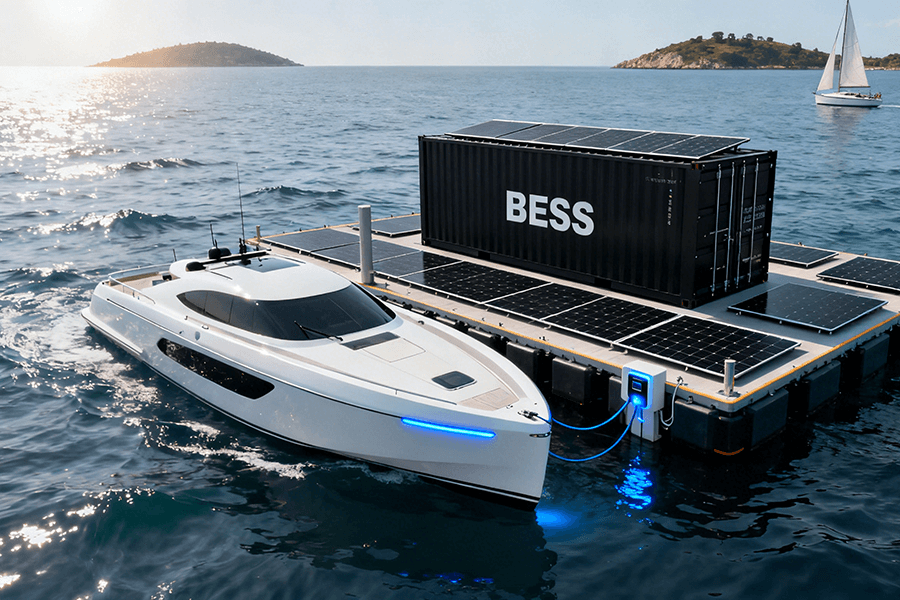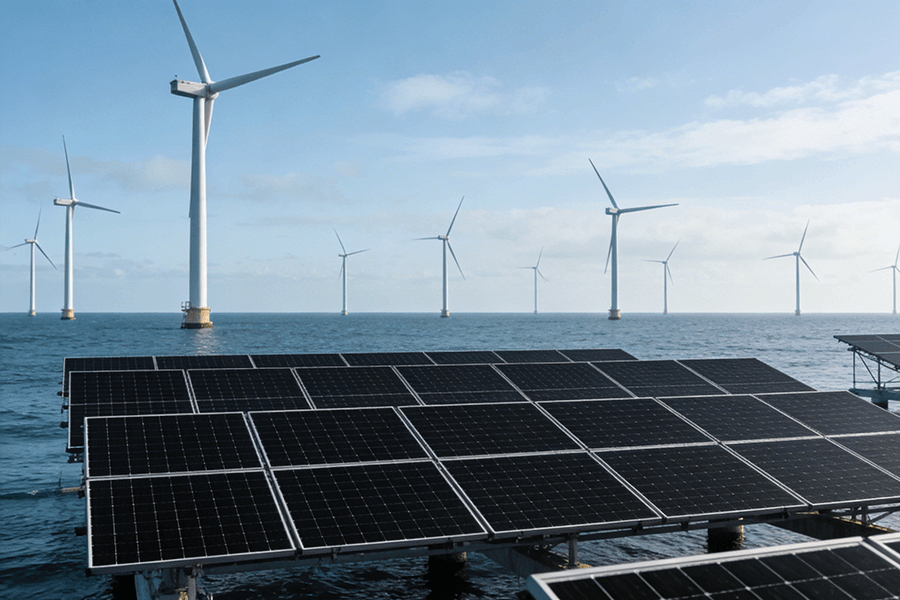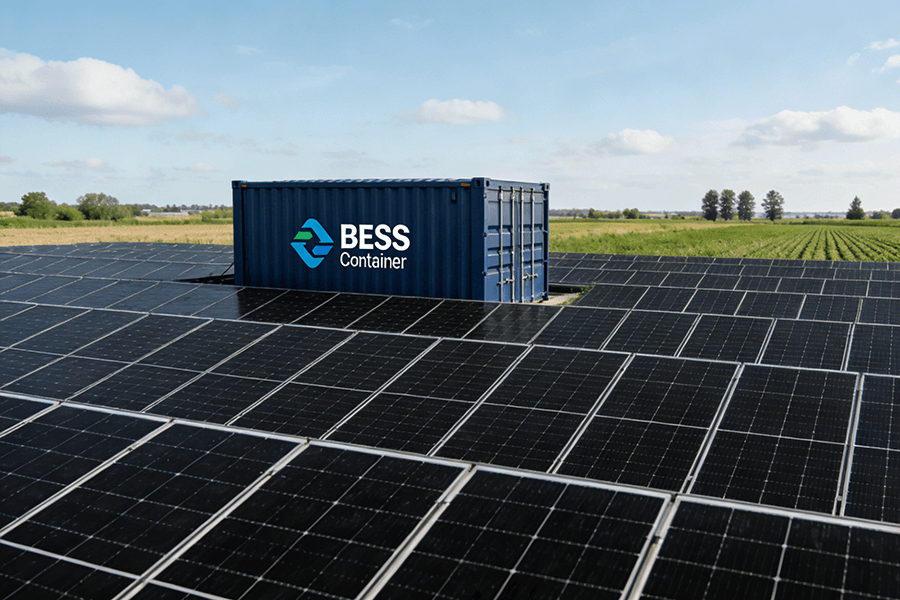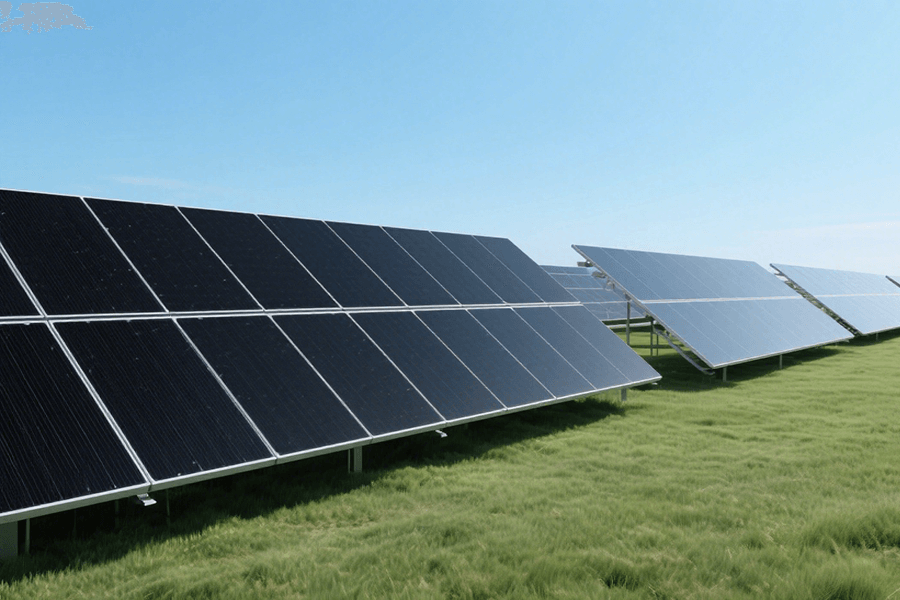
Starting from October 2026, the EU’s Carbon Border Adjustment Mechanism (CBAM) will reshape the landscape for energy equipment imports. This isn’t a minor regulatory adjustment; it’s a comprehensive carbon screening process—akin to the EU scrutinizing every incoming shipment with a detailed carbon scorecard at its borders. Only products with exceptional low-carbon credentials will gain seamless entry, while those falling short will face financial penalties that could deter even the most experienced importers.
In the dynamic energy sector, energy storage stands as a pivotal element. The accelerating shift towards renewable energy sources such as wind and solar presents unique challenges. These sources are intermittent by nature—calm days with no wind or extended cloudy periods can disrupt energy generation. As a result, reliable low-carbon storage solutions have become indispensable. The EU’s renewable energy targets are no longer mere aspirations; they are now legally binding obligations. Without effective energy storage systems, achieving these targets would be extremely difficult, as the energy generated during peak production periods cannot be efficiently utilized during times of low generation.
CBAM is not a threat that companies can afford to overlook or delay preparing for. It represents an impending deadline, and each passing day without adequate preparation is a missed opportunity. By October 2026, importers of energy equipment will be required to disclose the embodied carbon in their products. If the carbon content exceeds the permitted thresholds, they will be subject to tariffs that could substantially erode profit margins.
| Compliance Requirement | Details | Implications for BESS Containers |
|---|---|---|
| Carbon Declaration | Importers must disclose the embedded carbon in energy equipment products by October 2026 | Failure to declare accurately could lead to penalties |
| Tariff Thresholds | Products with high carbon levels will face additional tariffs | Higher costs may reduce competitiveness in the EU market |
For Battery Energy Storage System (BESS) containers, which are integral to the energy storage infrastructure, compliance with CBAM is not optional—it is a critical requirement for maintaining competitiveness in the EU market. Non-compliance could result in significant market disadvantages, including loss of market share and reduced profitability.
Core Analysis 1: Material Innovations
Our BESS Container stands as a paragon of sustainable innovation in material selection, meticulously curating each component to surpass stringent low-carbon benchmarks. Every choice made is a strategic step towards environmental stewardship, ensuring not only compliance but leadership in the green energy transition.
Recycled Aluminum Casing: A Sustainable Foundation
The casing of our BESS Container represents a significant leap forward in sustainable design. By replacing conventional materials with recycled aluminum, we’ve embraced a material that offers unparalleled environmental benefits.
| Material Type | Energy Consumption (per ton) | Carbon Emission (per ton) |
|---|---|---|
| Primary Aluminum | 15,000 – 22,000 kWh | 12 – 16 metric tons CO₂ |
| Recycled Aluminum | 750 – 1,100 kWh | 0.6 – 0.8 metric tons CO₂ |
The production of recycled aluminum consumes merely 5% of the energy required for primary aluminum extraction from bauxite ore. This drastic reduction in energy consumption results in a substantial decrease in carbon emissions, making recycled aluminum a powerful tool in our quest to minimize the carbon footprint. It’s not just a trend; it’s a practical solution that breathes new life into aluminum that would otherwise languish in landfills, effectively preventing tons of CO₂ from entering the atmosphere.
LFP Batteries: High Performance with High Recyclability
Our choice of Lithium-Iron-Phosphate (LFP) batteries further underscores our commitment to sustainability without compromising on performance. Unlike battery chemistries that rely on rare and environmentally harmful materials, LFP batteries utilize abundant and less toxic components. These batteries excel in performance, offering extended cycle lives and consistent operation even in extreme temperatures. Moreover, they boast an impressive 95% recyclability rate, setting a new standard for sustainable energy storage.
The Recycling Process Advantage
The 95% recyclability rate of LFP batteries is not mere marketing hype; it’s a testament to the advancements in recycling technologies. When an LFP battery reaches the end of its service life within our BESS Container, it undergoes a meticulous disassembly process. Valuable materials such as lithium, iron, and phosphate are then extracted and repurposed for the production of new batteries. This closed-loop system significantly reduces the demand for new raw material mining and mitigates the environmental impact of battery disposal. It’s a revolutionary approach that supports the principles of the circular economy, effectively allowing batteries to be reincarnated into new, high-performance energy storage solutions.
Core Analysis 2: Carbon Footprint Reduction
When you look at the lifecycle emissions of our BESS Container compared to traditional storage systems, it’s like the difference between a gas-guzzling SUV and a sleek, electric sports car—there’s simply no comparison.
A 30% Reduction: How We Achieve It
Our BESS Container stands as a paragon of sustainability, achieving an impressive 30% reduction in lifecycle emissions compared to conventional energy storage solutions. This remarkable feat is the result of a comprehensive approach that combines strategic material selection and advanced manufacturing optimization.
Material Selection: A Foundation of Sustainability
The choice of materials in our BESS Container is a key driver of its low-carbon footprint. The following table highlights the environmental benefits of our material choices:
| Material | Environmental Advantage | Impact on Emissions |
|---|---|---|
| Recycled Aluminum | Reduces energy consumption by 95% compared to primary aluminum production | Significantly lowers embodied carbon |
| LFP Batteries | Eliminates the need for cobalt, a resource-intensive material | Reduces raw material extraction emissions |
Manufacturing Optimization: A Holistic Approach
We’ve implemented a series of innovative practices across the entire manufacturing process to minimize our environmental impact:
- Renewable Energy Integration: Our factories are powered by solar and wind energy, ensuring that the electricity used in production is clean and renewable.
- Energy-Efficient Technologies: We’ve adopted state-of-the-art manufacturing technologies that consume less energy and generate less waste.
- Supply Chain Optimization: By sourcing materials locally whenever possible and optimizing transportation routes, we’ve significantly reduced the carbon footprint associated with logistics.
It’s like we’ve put the BESS Container on a strict carbon-diet, and it’s paying off big time! This 30% reduction isn’t just a number; it’s a tangible benefit that makes our BESS container stand out in a market where every gram of carbon counts.
Market Opportunities
The EU’s relentless pursuit of low-carbon energy isn’t merely a source of challenges—it’s a veritable goldmine of opportunities for those poised to capitalize on them.
EU Subsidies: A Catalyst for Compliance and Growth
When it comes to championing low-carbon solutions, the EU’s commitment extends far beyond rhetoric. Substantial financial incentives have been strategically rolled out to spur innovation and adoption, and the Battery Energy Storage Systems (BESS) sector is a prime beneficiary.
For CBAM-compliant BESS, the EU offers an impressive subsidy of up to €500/kWh. This isn’t just loose change; it’s a game-changing financial boost that can significantly enhance project profitability. To put this into perspective, consider the following financial impact analysis for a 1 MWh BESS project:
It’s as if the EU is extending a hearty “thank you” to companies that are helping them reach their ambitious climate goals. Our CBAM-compliant BESS container is ideally situated to leverage this financial windfall, positioning us at the forefront of the low-carbon energy storage revolution.
4.2 Corporate ESG Demand: A Dominant Market Driver
The enthusiasm for low-carbon energy storage doesn’t stop at the EU’s doorstep. Across Europe, major corporations are enthusiastically embracing the ESG (Environmental, Social, and Governance) agenda, and for compelling reasons. In today’s business landscape:
- Investor Priorities: ESG performance has become a critical factor in investment decisions, with 75% of institutional investors now considering ESG metrics when allocating capital (source: 2024 Global Investor ESG Survey).
- Consumer Preferences: 82% of consumers are more likely to support brands that demonstrate a commitment to sustainability (source: 2024 Consumer Sustainability Report).
Integrating a low-carbon energy storage solution like our CBAM-compliant BESS container isn’t just an environmental win—it’s a strategic move that enhances brand reputation and bolsters the bottom line. It’s akin to donning a prestigious, green badge of honor that proudly proclaims, “We prioritize the environment.”
In conclusion, with lucrative EU subsidies and burgeoning corporate ESG demand, the market for our CBAM-compliant BESS Container in the EU is red-hot. We’re not just ready to participate—we’re geared up to carve out a significant slice of this thriving market and achieve unparalleled success.
Conclusion
Our BESS Container is not merely a storage solution; it’s the gateway to unlocking the lucrative European premium markets. Tailored to meet the stringent criteria of the Carbon Border Adjustment Mechanism (CBAM), this revolutionary product leverages advanced material innovations and cutting-edge manufacturing processes to achieve significant carbon footprint reduction.
| Feature | Description | CBAM Compliance Impact |
|---|---|---|
| Advanced Materials | Utilizes recycled and low-carbon footprint components | Reduces embodied carbon emissions |
| Efficient Manufacturing | Optimized production processes minimize energy consumption | Decreases operational carbon emissions |
| Smart Design | Modular and scalable design for maximum efficiency | Enhances overall sustainability |
At Maxbo Solar (www.maxbo-solar.com), we have dedicated countless hours to research, development, and refinement of our BESS Container. Our team of experts, driven by a shared passion for renewable energy and sustainability, has meticulously engineered every aspect of the product to ensure it not only meets but exceeds the CBAM requirements.
Whether you’re a large energy corporation seeking to upgrade your storage capabilities or a small business committed to environmental stewardship, our CBAM-compliant BESS Container offers a scalable, efficient, and sustainable solution. Join the low-carbon revolution with Maxbo Solar today and let’s build a more sustainable future for Europe and beyond!

